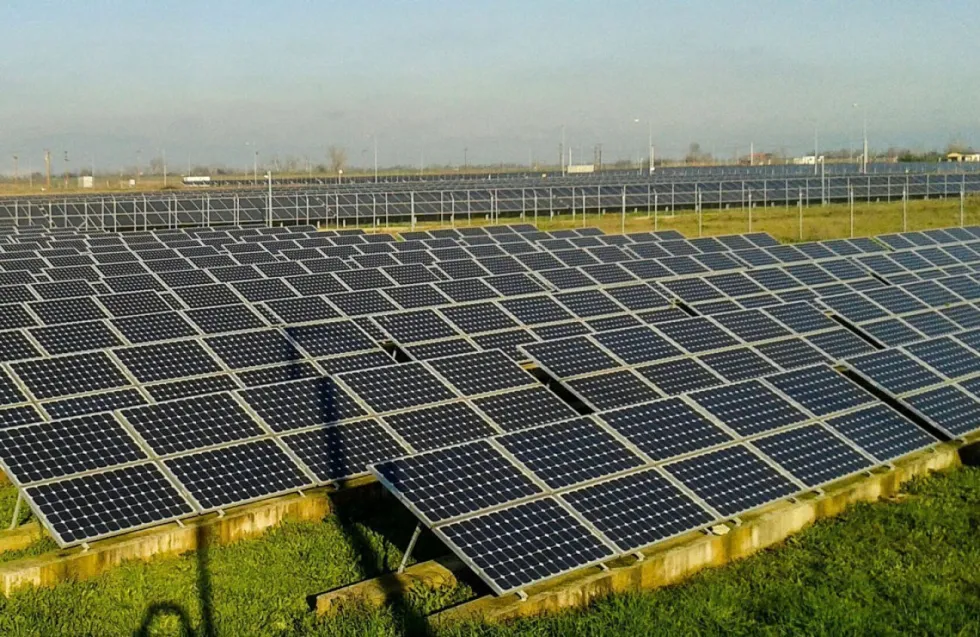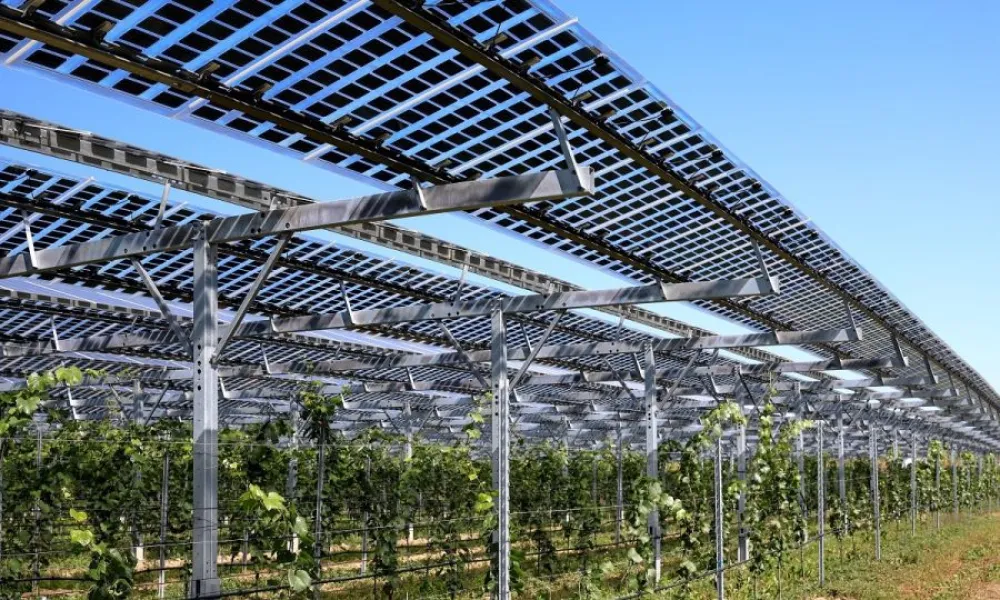The urgent need to revise Cyprus’s permitting framework for photovoltaic (PV) parks on agricultural land, specifically the 2024 Interior Minister’s order that aimed to curb uncontrolled siting, dominated Thursday’s session of the House Interior Committee. MPs and officials spoke of “loopholes” that still allow renewables to spread at the expense of prime farmland.
The trigger was a case in Alectora (Limassol district), where a 26 MW PV park with 16 MW/32 MWh storage is planned. Four applications by the same company were rejected by the Town Planning & Housing Department, despite a favourable opinion from the Environment Department in July, a stance MPs harshly criticised as failing its core mission of environmental protection. The Environment Department later advised the project should not proceed until its grid connection is designed and the environmental impacts of the necessary infrastructure are assessed; MPs queried why the Department did not oppose the project on additional grounds beyond the grid link.

The “small PV” gap
Andreas Kyprianou, Commissioner for Agricultural Payments, was especially blunt about the porous ministerial order. He questioned how a positive Environment opinion emerged in Alectora when key bodies on the EIA Committee were negative, and answered his own question: loopholes in the order.
He cited the exemption for small PV from the designated exclusion zones: the order places no limit on how many applications a single owner may file. “There was a case where one owner submitted 10 separate applications in exclusion areas across 10 different plots, with no clause in the order to cap this,” added a representative of the Game & Fauna Service.
Agrivoltaics as the next “workaround”
Kyprianou warned that agrivoltaics are fast becoming the new “back door” for encroachment on farmland. He described a PV company that, during its environmental study, notified his office of plans for an agrivoltaic park in Potamia (Nicosia). A field check found the plot cultivated with dryland wheat, i.e., no irrigation. He called this a distortion of what “agrivoltaic park” should mean: systems to power actual farm needs (pumping water for smart irrigation, produce cold storage, etc.), not a commercial plant that uses 1% of the output on-farm and sells the rest.
“For that reason, the ministerial order needs a thorough clean-up,” he said. “Exclusion zones must explicitly include the countryside and cultivated agricultural areas, and the same clarity is needed for agrivoltaics.”
Parliament heard there are over 100 pending applications for PV parks. Several MPs noted that existing PV parks already meet the Republic’s targets to 2030, and that licensed agrivoltaic projects cover targets through 2050.

State action or new law
Kyprianou concluded that the issue must be fixed either by the government or via legislation. DIKO MP Panikos Leonidou, who tabled the Alectora case, proposed MPs take legislative initiative so ministerial orders become law, setting hard limits for all departments involved in licensing. He requested a full committee discussion of the ministerial order with the relevant government services present to submit proposals, after which MPs could decide on a bill. Some MPs are already drafting legislation to curb the over-concentration of RES projects on agricultural land.
Both the Departments of Agriculture and Environment (Agriculture Ministry) and the Game & Fauna Service (Interior Ministry) backed the need to amend the Interior Minister’s order. The Game & Fauna Service said it has already briefed the Interior Minister. An Environment Department representative said an inter-agency committee is gathering input on which clauses need revision, with a view to submit proposals to the President of the Republic.
Have we already overshot EU targets?
According to Kleitos Papastyliannou of environmental NGO Terra Cypria, more than 100 PV park applications are pending, but the PV parks already built meet Cyprus’s EU obligations to 2030, while already-licensed agrivoltaic parks meet targets to 2050. Kyprianou added: “PV generation in Cyprus now exceeds 1,000 MW. Peak electricity demand in August, theoretically our highest, is around 1,300 MW. We have over-met our EU obligations; we’ve quintupled them. We’re talking about 80% power from RES.”
His warning was stark, “Burnt land greens again when it rains; but the lunar landscapes created to serve interests will never see vegetation return. The destruction of the countryside we are witnessing in Cyprus is unprecedented, and grounded in one thing only, private interest.”
